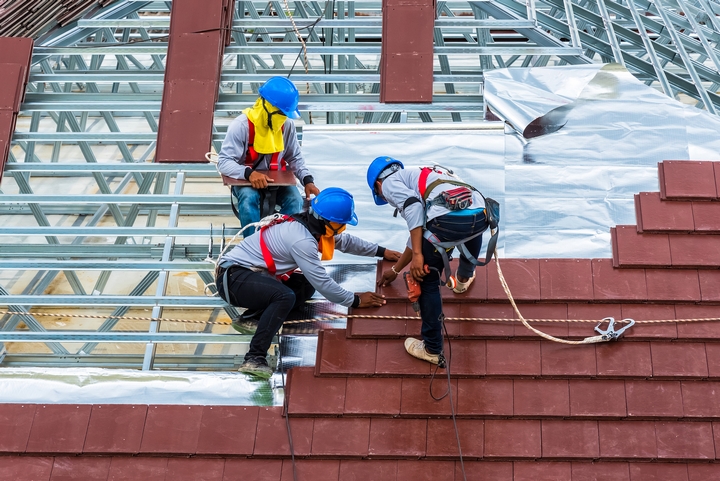The roof is the most important exterior feature of your home. It should be strong, durable and capable of preventing any weather impact. The roof keeps the entire home in tacked and is built to never collapse, but roofs are often neglected. This is the main reason to maintain the roof of your home so that it stays durable and protects you, your family and your entire home.
Here are six main reasons for routine roof inspections:
1. Aging and Weather Damage
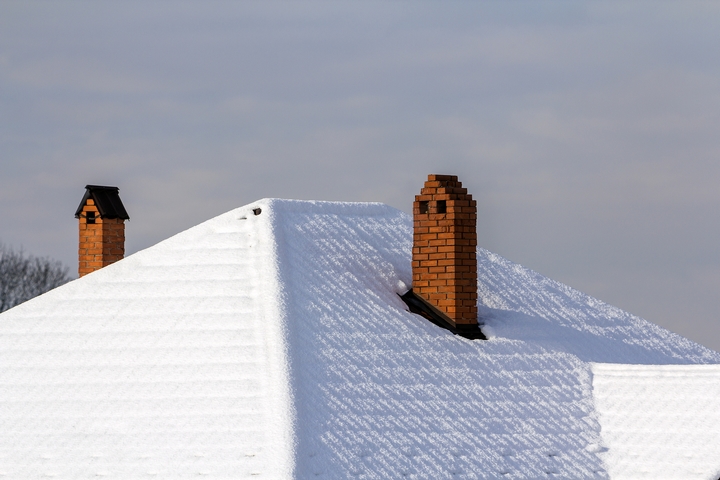
Roofs are durable but they are exposed to various weather conditions over time that result in material degrading, structural deformation, aging, water infiltration, damage, missing shingles or cracks. In addition, a roof’s average age is 15 to 20 years as the materials are likely to wear and tear overtime. Professional inspections at regular intervals can catch this type of wear and tear as early as possible, and prevent damage or further deterioration to the roof. An inspection before winter can ensure your roof can withstand a heavy snowfall and even a snow storm. Additionally, addressing possible weather-related damages as early as possible lowers the chance of intensifying the damages.
2. Leaks
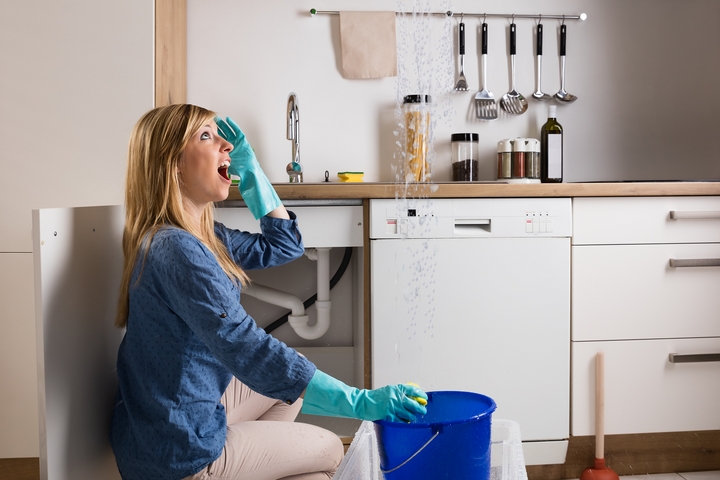
Roof leaks can be annoying and can damage the interior of your home especially after a heavy rainfall. Low slope roofs may rarely leak, but with slight damage can show some visible signs of seepage. Minor roof leaks or cracks can result in extensive damage to your home if not addressed early enough. Roof inspection can help to locate the area of the leak and prevent further damage to the house structure.
3. Debris and Water Accumulation
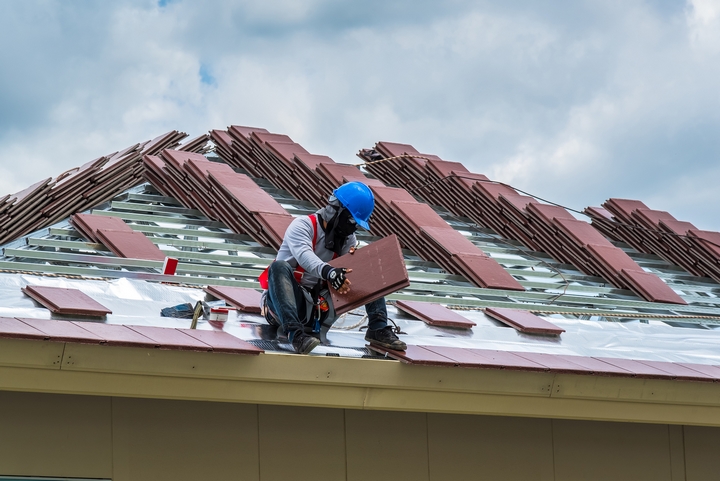
A good drainage system maintains the health of your roof. Without a proper drainage system, debris, leaves and trash dispersed in the wind can accumulate on the roof. These can cause clogging or obstruct the roof drainage. If water accumulates in these conditions, it can increase the likelihood of leaks and moisture infiltration. Regular inspections and cleaning will ensure all obstructions are removed frequently and the water is drained properly.
4. Proactive Fixes
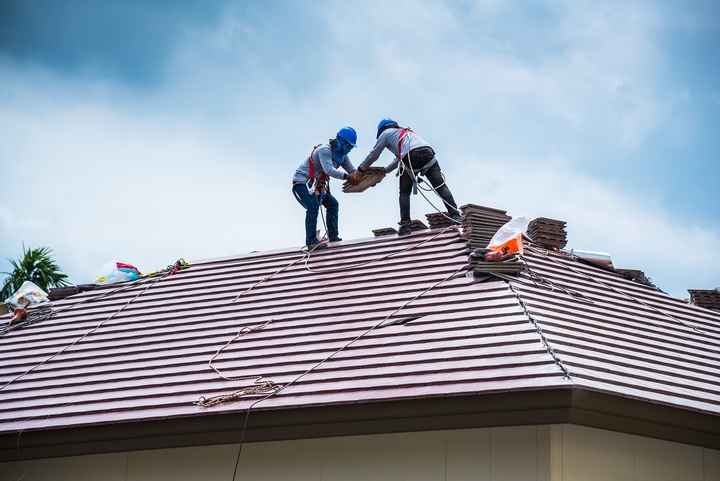
Fixing the roof only after a damage has occurred will not really result in a long life for the roof. Reactive or quick fixing may address the immediate problem, but the underlying problems remain undetected. This will only become a bigger and expensive problem to deal with in the long run. If proper repairs are not proactively managed, there will come a day when you must find a temporary residence until your roof is completely repaired and restored. This causes more inconvenience for you and your family.
5. Ongoing Maintenance
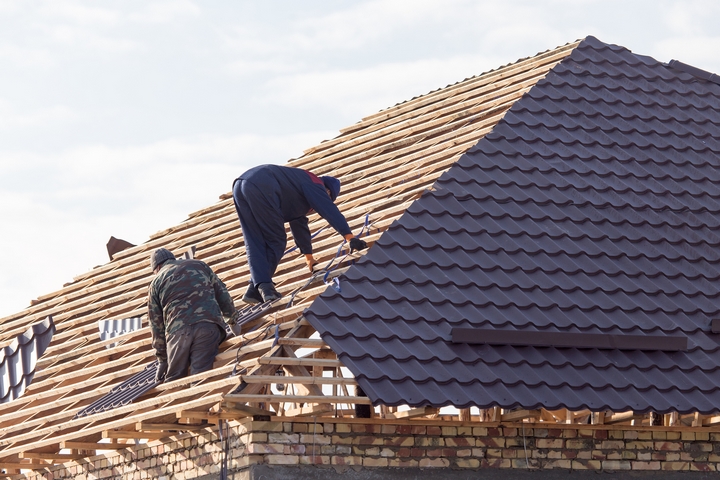
Roof repair at most times are reactive than proactive as roofs are left uninspected. It is inevitable that harsh weather can damage the structure of the roof and over time the materials deteriorate. However, with ongoing maintenance you will increase the lifespan of the roof and can prevent major damages in the long run. Using quality roofing supplies and proactively maintaining the roof can extend the overall efficiency and life expectancy, while eliminating the need for a complete roof replacement in the near future.
6. Peace of Mind and Spotting Signs of Early Damage
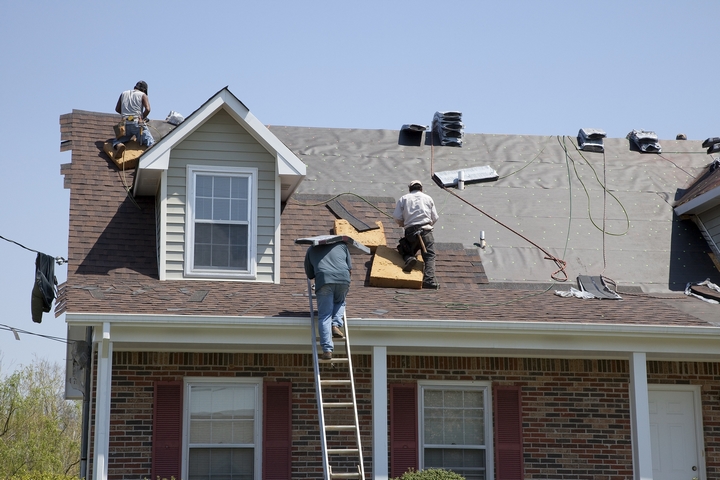
A thorough inspection offers peace of mind. A solid roof strengthens the exterior of your home. You and your family do not have to worry about a leakage or your roof collapsing. Professional inspections prevent expensive or complicated repairs in the long-run, or even replacing the entire roof. The inspections keep you informed on the conditions of the roof and how much longer you can preserve the roof structure. A detailed roof inspection proactively initiates repairs in a timely fashion and creates the best course of action for keeping the roof costs low.

